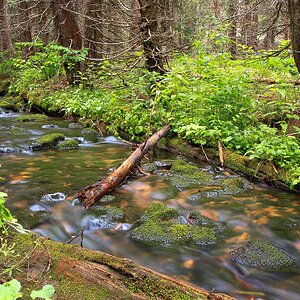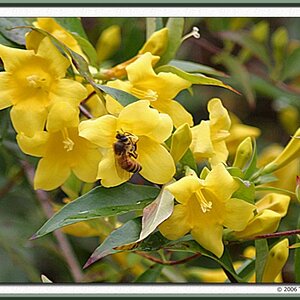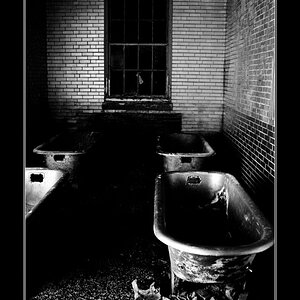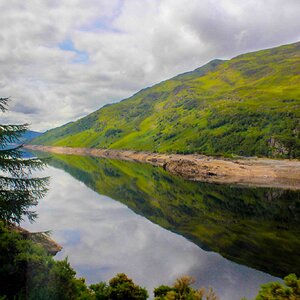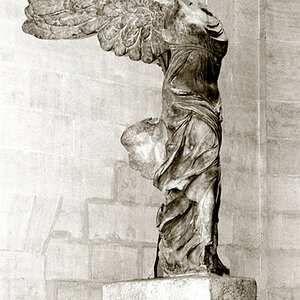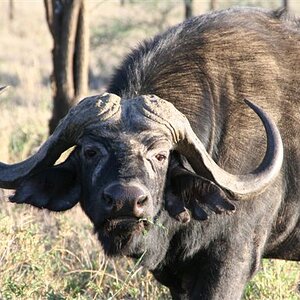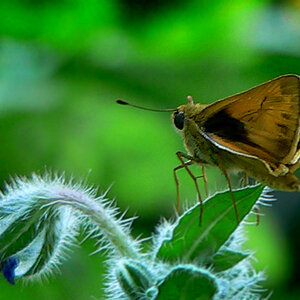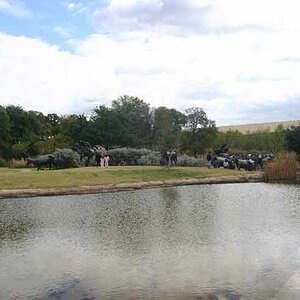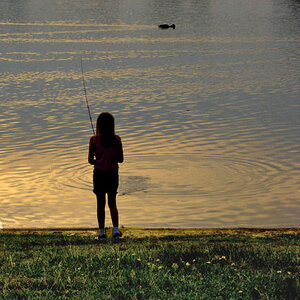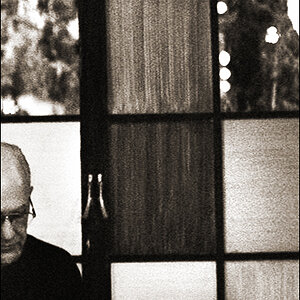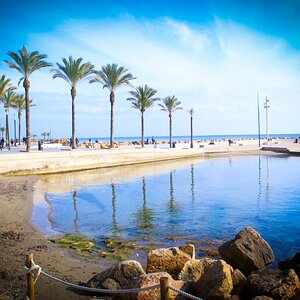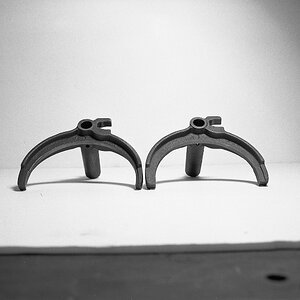I just got a digital camera, I am very new to photography. Where can I learn the basics?
I tried Googling but a lot of sites I came across assume you know a lot of things already.
I do not plan on taking any classes or paying for anything, I am just looking for some sites for the basics of lighting, what all the things on the camera do and all that. I just want to learn how to take decent photos, nothing special.
An example, in the manual it says "AF Mode: Sets the camera's AF mode to iESP or Spot.", but I have no idea what iESP and Spot are..
Also, I am using Gimp, not Photoshop, anyone have any good sites that deal with photography and Gimp?
I tried Googling but a lot of sites I came across assume you know a lot of things already.
I do not plan on taking any classes or paying for anything, I am just looking for some sites for the basics of lighting, what all the things on the camera do and all that. I just want to learn how to take decent photos, nothing special.
An example, in the manual it says "AF Mode: Sets the camera's AF mode to iESP or Spot.", but I have no idea what iESP and Spot are..
Also, I am using Gimp, not Photoshop, anyone have any good sites that deal with photography and Gimp?


